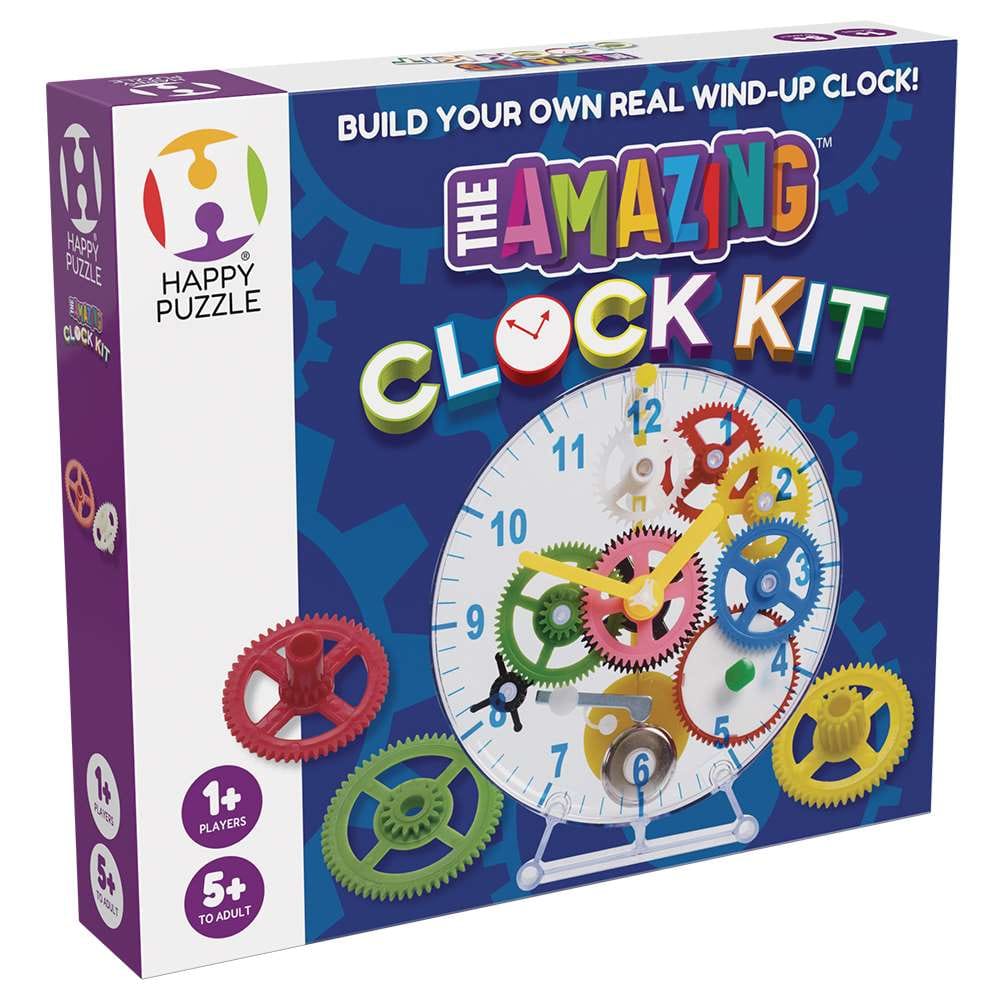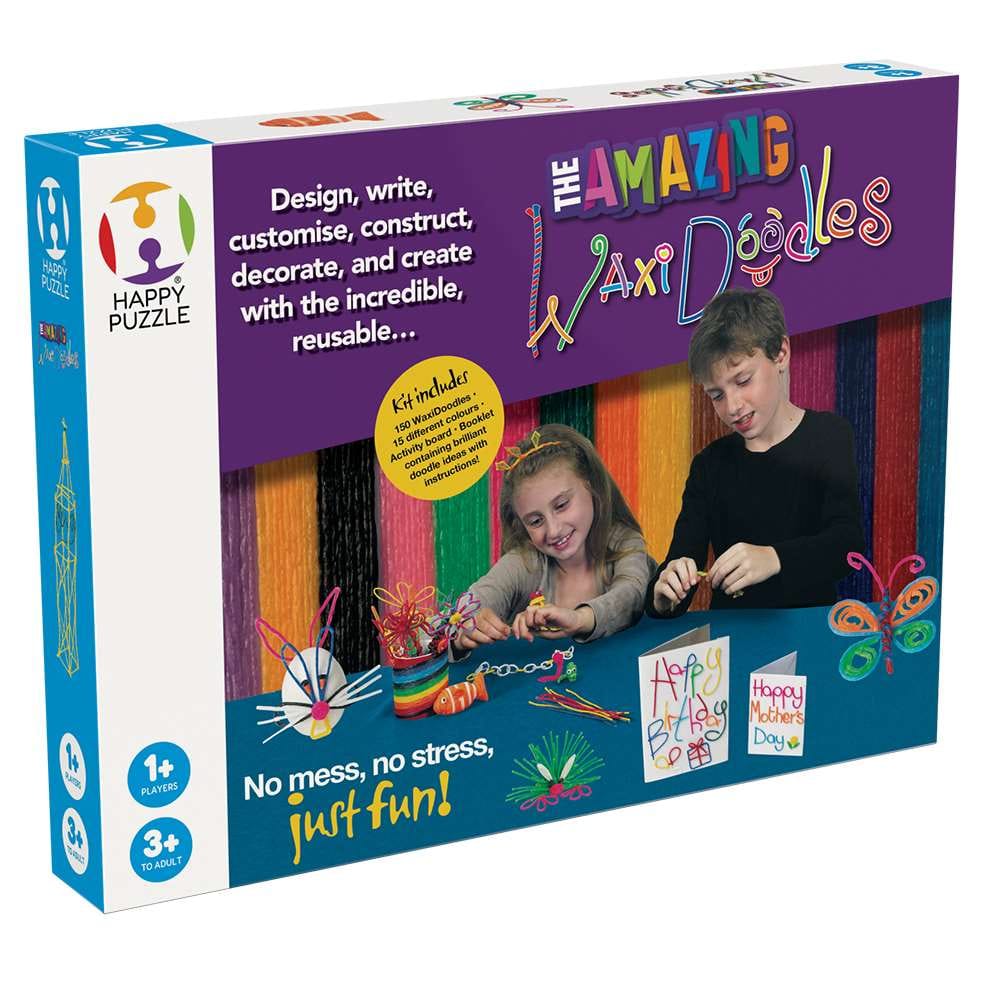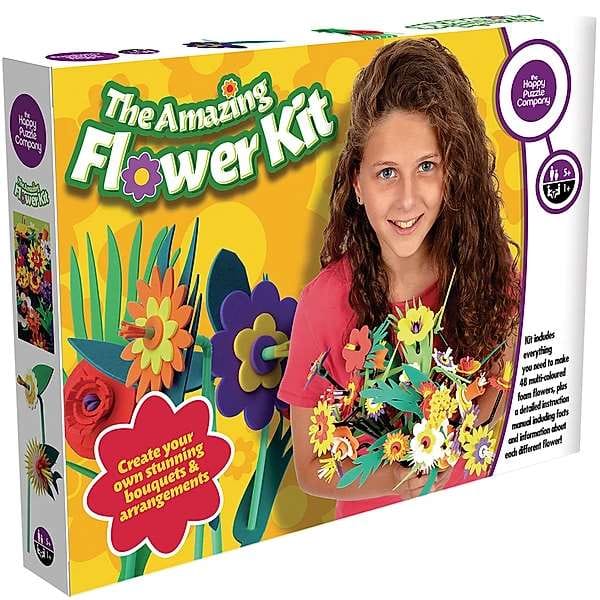When children play games or work on puzzles, they aren’t just being entertained — they’re learning important skills without it feeling like “school”. This kind of playful learning supports many aspects of development:
- Active thinking and problem-solving: Games require children to make choices, try things out, adjust when things don’t go as planned and keep going.
- Motivation through fun: Because the experience feels like play rather than instruction, children are more naturally drawn to engage and persist.
- Safe environment for mistakes: When a game doesn’t work the first time, children learn that it’s OK to try again. This builds resilience.
- Social and communication skills: Playing with family or siblings opens up opportunities to talk, plan, explain ideas and reflect together.
- Transfer to formal learning: The “thinking how to think” and “learning how to learn” skills developed at home support children when they go to school — for example in reading, maths, group tasks or following instructions.
As this approach blends fun with learning, it’s especially effective at home — where children feel safe, supported and free to explore. When you have the right games and puzzles, rainy afternoons or indoor family time become growth opportunities, not simply screens or boredom.
Great Rainy-Day Family Games & Puzzles
Here are three great products from Happy Puzzle that illustrate how the right game can hit multiple benefits: creativity, problem-solving, fine motor skills, confidence building. They also work really well on a rainy day when you’re staying in.
1. The Amazing Clock Kit
This 3D model-construction kit invites children (and family members) to build a working wind-up clock. The clock is transparent so the workings—the cogs, the pendulum and springs—can be seen in motion.
Why it’s valuable:
- It builds sequencing, logic and fine motor skills (linking the pieces in correct order so the mechanism works).
- Being able to see “how it works” helps children understand cause and effect, gears and movement.
- With parent or sibling involvement, it becomes a joint project: teamwork, discussing steps, celebrating when it chimes.
- Completing the model gives a tangible sense of achievement, boosting confidence: “I built that!”
Rainy day tip: Set aside an afternoon, lay out all the pieces, pause to examine each mechanism, talk through what each cog does. Celebrate when the clock ticks — maybe even challenge to see how many hours it keeps ticking.
2. The Amazing Waxidoodles
This craft-and-model kit is aimed at younger children (ages around 3+ to adult) and uses sticky modelling sticks coated with wax (WaxiDoodles) that can stick to surfaces and to each other: a dinosaur themed set is also available, including punch cards and activity board.
Why it’s valuable:
- Encourages creativity, free design and 3D form making — valuable for spatial awareness, hand-eye co-ordination and imaginative thinking.
- For younger children this builds confidence: they decide what to create and see something they devised take form.
- Safe ‘reuse’ modelling means trial and error is part of the process (no fear of messing up).
- A fun, hands-on break from structured school tasks, but still developing cognition and motor skills.
Rainy day tip: Spread a mat or sheet on the floor, give each child a board & modelling sticks. Parents/siblings can join and build their own dinosaur or model. Afterwards, have show-and-tell: each person explains what they’ve made and why.
3. The Amazing Flower Kit
This is a creative arts & crafts puzzle kit where children assemble multi-coloured flowers (48 pieces, eight kinds of flowers) with no need for glue or scissors — everything pops together.
Why it’s valuable:
- Fine motor work: manipulating small pieces, matching shapes and colours, popping parts together.
- Colour awareness, pattern recognition and visual perception are engaged.
- Because the kit is designed for 1 or more players, it offers a chance for the family to do it together, which is great for social learning and communication.
- The visible final display (a bouquet of flowers) means children see the product of their effort — boosting self-esteem and demonstrating “I can input effort and get a result”.
Rainy day tip: When the weather keeps you in, treat it like a “creative station”: put on some music, gather the flower kit, let each person pick which flower designs they’ll build. Once built, you might even use them to decorate a room or table, giving extra value to the output.
Building Confidence at Home = Success at School
Beyond the immediate fun and skill-development, playing these kinds of games at home fosters confidence — which in turn supports school success.
- When children lead a game or craft and see that they can figure things out, they gain a mindset of “I am capable”. That mindset transfers into the classroom when they face something unfamiliar.
- Home play allows children to make mistakes in a safe space. When a piece doesn’t fit, or the clock mechanism won’t wind properly, the response is supportive (“Let’s try together”) rather than high-stakes. That means children aren’t scared of failure, which helps them stay engaged at school.
- Reflecting on what happened (“What did we try? Why did that work? What might we do differently next time?”) helps children become aware of the process of learning. Teachers often say metacognition (thinking about thinking) is a key skill — and you’re fostering that at home.
- Confidence built through joint play with parents or siblings also reinforces a child’s sense of belonging and capability. When a child sees their parent enjoying the challenge and being positive, they internalise that “learning is interesting, I can do it”.
- Finally, the more children practise thinking, exploring, creativity and problem-solving in informal settings, the more ready they are to apply those skills in formal ones: school projects, reading tasks, group work, following instructions, applying new concepts.
Making It Happen in Your Home
Here are a few practical tips to turn these opportunities into real home routines:
- Create a “game time” schedule: Whether it’s once a week or a rainy-afternoon slot, mark it in the diary as family game or craft time.
- Keep a selection of games/puzzles handy: If you have a shelf of three or four go-to items (like the three above), you can rotate them so the children always look forward to something new.
- Involve everyone: Make sure parents or older siblings join in — even if just for 10–15 minutes. The presence of an adult makes the play more meaningful and gives children a chance to talk about what they’re doing.
- Encourage reflection: At the end of the game or craft, ask gentle questions: “What did you find tricky? What did you enjoy? If you did that again, what might you try differently?”
- Celebrate effort and progress: Focus on how far they have come or what they tried, rather than just winning or finishing. “I noticed you kept at it until the clock worked — that’s brilliant.”
- Link home to school: Occasionally draw the connection: “When you built the flower kit, you were sorting colours and shapes — that’s just like what you do in your art class at school.”
- Limit screens around game time: To get the full benefit, try to keep this time screen-free so children are fully engaged in the activity and the interactions.
Wrapping Up
Learning through play is so much more than fun — it’s a real investment in children’s growth: cognitive, social, emotional and confidence-wise. The Happy Puzzle Company’s range offers excellent tools to engage the whole family, turn a rainy day into a meaningful experience, and strengthen children’s belief that “I can do this” — a belief that supports success at school and beyond…and, these make great gifts too!




